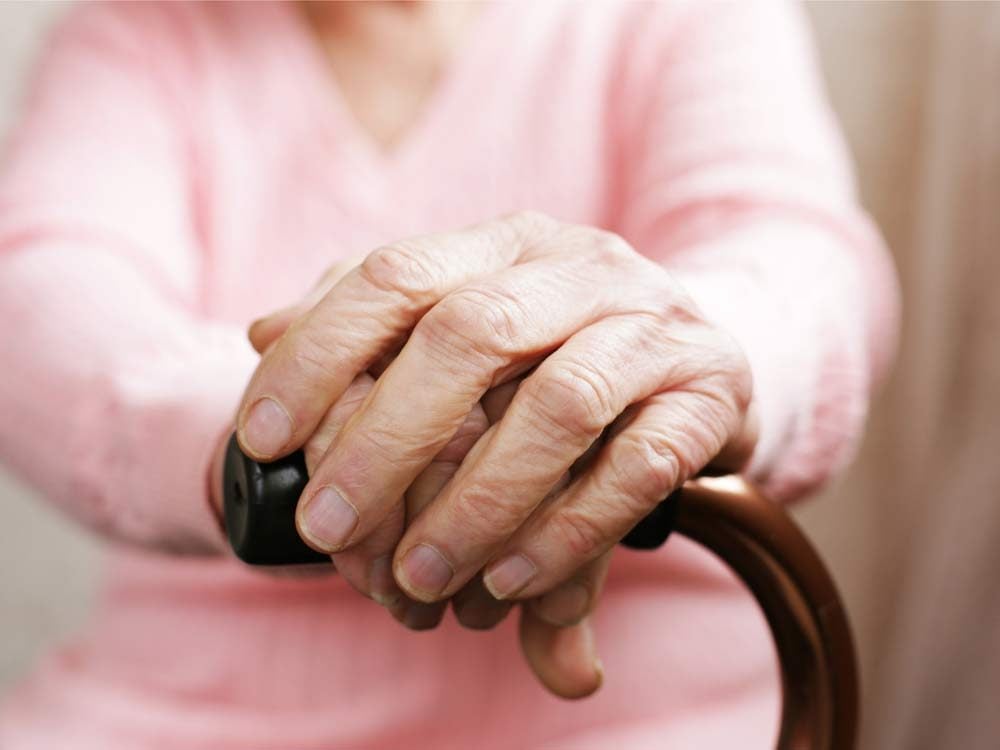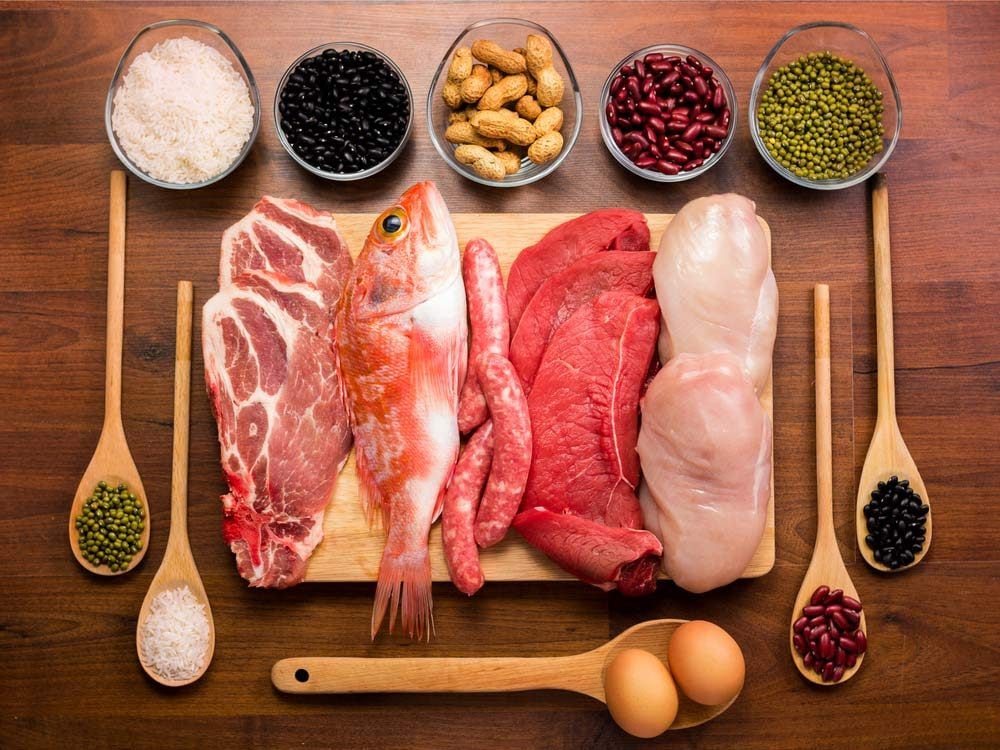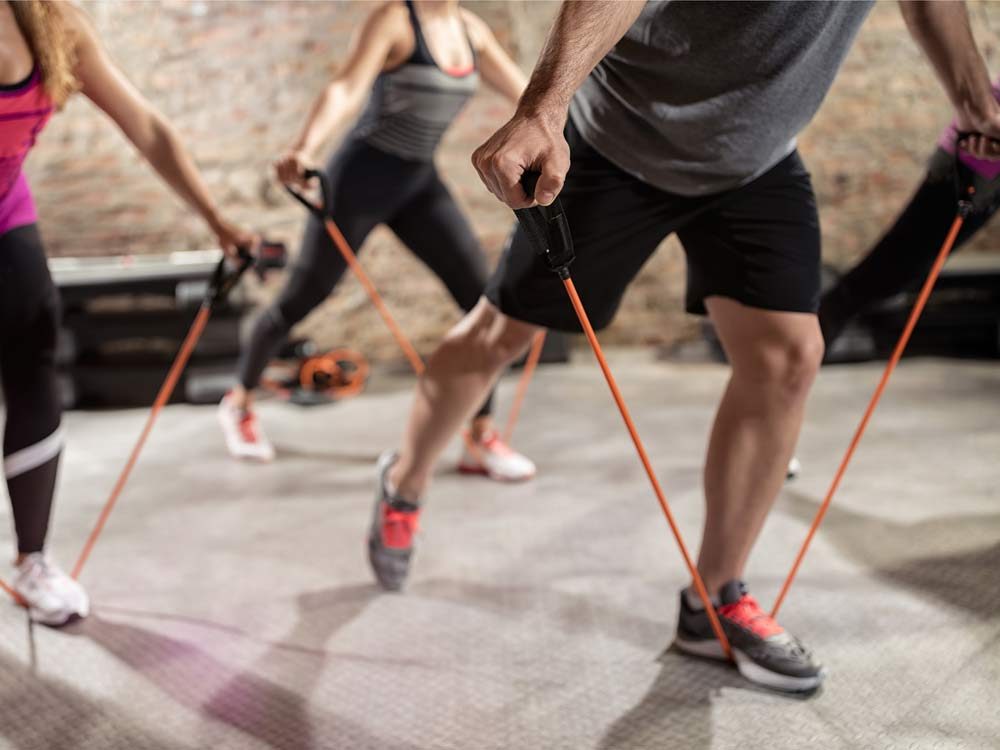
Why does muscle mass decline over time?
While it may happen so slowly that you don’t notice, your muscles tend to shrink and weaken with age, starting as early as your 30s. If they decline too much over the decades, you can be diagnosed with sarcopenia, which refers to low muscle mass, low strength and poor physical performance. Rheumatoid arthritis sufferers are especially vulnerable to a loss of muscle mass and strength.
Here’s What You Need to Know About Delayed Onset Muscle Soreness (DOMS).

Understand the effects
Reduced muscle mass can lead to a less active lifestyle, disability, impaired coordination and an increased risk of falls and fractures.

Adjust your lifestyle
Drug companies are on the case, but they have yet to make any significant breakthroughs. Nutrition and exercise are key for both prevention and treatment of muscle decline. These two habits can slow muscle shrinkage. They can also assist you in regaining some of the lost mass.

Eat more protein
Protein is the most important building block for muscles. However, seniors’ bodies don’t typically use this nutrient as efficiently as they used to. “This is why many countries now recommend higher protein intake in older subjects than in younger ones,” says Dr. Tommy Cederholm, a professor of clinical nutrition at Uppsala University in Sweden.
Seniors should aim for at least one gram of protein daily per kilogram of body weight. Good sources include poultry, fish, dairy, beans, nuts and lentils. If you find it hard to eat enough of these foods, consider adding protein powder to a smoothie.

Try resistance training
In terms of exercise, combine aerobic activity with progressive resistance training (PRT). This technique pits your muscles against an opposing force (a pull band or your body mass, for example). Over time, you can build up to more repetitions and/or a stronger resistance.
While it might bring to mind images of bulky young men, PRT is recommended for everyone regardless of sex or age. Where to start depends on your current strength and endurance. A beginner might dedicate 10 minutes three times a week to exercises that target a variety of major muscle groups. If you’re in doubt, a qualified personal trainer could give you a tailored program.
This story was featured in the May 2017 issue of Reader’s Digest Canada.